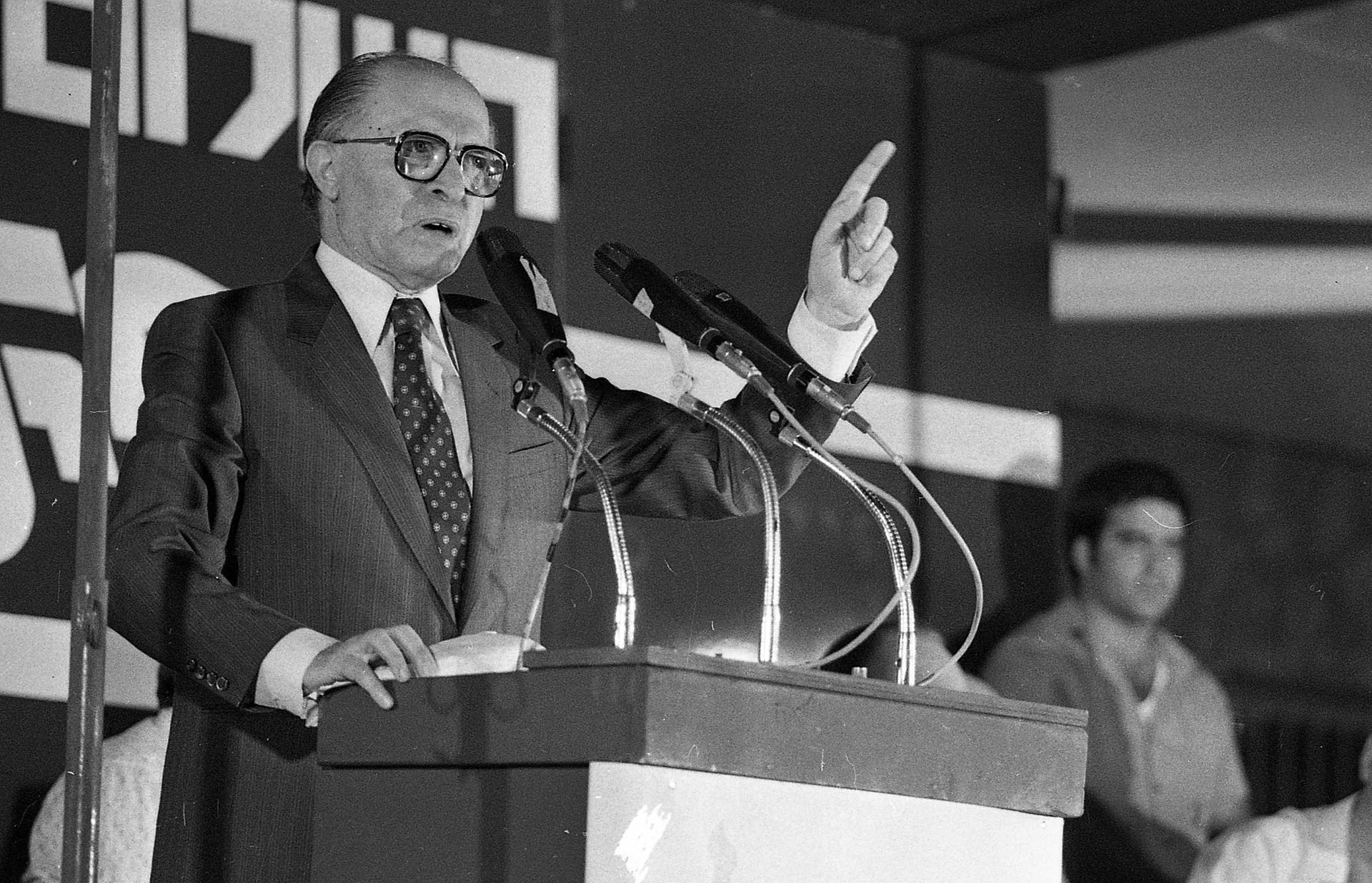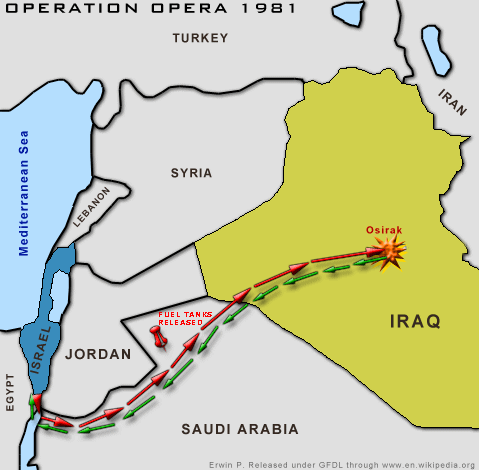Operation Opera: 43 years ago, Israel destroyed an Iraqi nuclear reactor in a daring and dangerous raid and established a core defense doctrine
The operation introduced the Begin Doctrine of deterrence, which affects Middle Eastern strategy to this day

On June 7, 1981, Israel carried out an unprecedented surprise airstrike against the Osirak nuclear research reactor at the Tuwaitha Nuclear Center in central Iraq, just 17 kilometers southeast of the capital city of Baghdad.
The daring airstrike shocked not only the Iraqi government, which had only recently finished repairs on the site from a previous Iranian attack, but also the world.
The attack not only shocked many Western nations, including the United States, which was caught off guard by its announcement after its successful completion, but it also marked the introduction of a new Israeli doctrine of deterrence.
As Jerusalem Post correspondent and Middle East analyst Seth Frantzman wrote in 2021: “In only several minutes on that day, Israel established a doctrine that it would act to prevent any existential threat involving weapons of mass destruction in the region.”
The new doctrine came to be called the Begin Doctrine, after Likud Prime Minister Menachem Begin. In its official explanation of the reasoning behind the strike, the government issued a statement that contained the following: “On no account shall we permit an enemy to develop weapons of mass destruction against the people of Israel. We shall defend the citizens of Israel in good time and with all the means at our disposal.”
In a press conference about the strike, Prime Minister Menachem Begin said he acted to prevent “another Holocaust.”

Speaking to CBS News' “Face the Nation” a few days later, Begin said the attack established a precedent for future Israeli governments.
“This attack will be a precedent for every future government in Israel,” Begin stated. “Every future Israeli prime minister will act, in similar circumstances, in the same way.”
The Begin Doctrine was used to justify the 2007 Operation Outside the Box, in which Israel struck and destroyed a nuclear reactor in the Deir ez-Zor region of Syria being built in cooperation with North Korea and Iran.
In the attack, Israel demonstrated a willingness to carry out difficult operations and risk international criticism to deal with what it considered an existential threat.
The Israeli government, under the direction of previous Prime Minister Yitzhak Rabin, had tried to engage in diplomatic negotiations with several Western countries in the mid-to-late 1970s. When those negotiations proved fruitless, Begin, who came to power in 1977, ordered preparations for a military strike.
While military preparations were being made, Israel’s Mossad intelligence agency began conducting clandestine operations aimed at disrupting the Iraqi nuclear reactor’s construction.
Initially, these operations focused on disrupting the shipment of supplies to Iraq, including bombing shipments of materials still in Europe. However, after the European suppliers and the Iraqis continued to work on the reactor’s development, the Mossad began to carry out targeted assassinations of critical Iraqi scientists and engineers working on the Osirak project.
A key factor in the successful mission was the delivery of the just-released F-16 Fighting Falcon fighter jets to Israel. These planes gave Israel a technical advantage, along with the F-15 Eagles.
Israel’s first astronaut, Ilan Ramon, who perished in the Space Shuttle Columbia accident in 2003, was the youngest pilot to participate in the strike.

Another key factor in guaranteeing the success of the mission, which seems surprising in the current political climate, was a clandestine cooperation between Israel and Iran, despite the official hostility between them.
The Iranians reportedly shared critical intelligence about the site from their previous limited bombing attack the year before. That intelligence included high-quality photographs, which Israel used to plan its precise bombing strike.
The details of the impressive attack are described in the book Raid on the Sun. On the afternoon of June 7, 1981, 16 IAF fighter planes - 8 F-16s loaded with two 2,000-pound bombs, and 6 F-15s serving as escorts and fighter support, took off from an airbase in southern Israel. The planes flew over Saudi Arabian and Jordanian airspace on the way to their target, both hostile to Israel.

The pilots spoke to each other and to local air traffic controllers in Arabic in order to hide their true nature. Entering Iraqi airspace, the planes descended to a height as low as 30 meters (100 feet) above the desert sands, hoping to avoid Iraqi radar and air defenses.
Just about 20 km (12 miles) from the reactor site, the planes climbed up to 2,100 meters (almost 7,000 feet) and began their attack formation. Less than two minutes later, after 8 of the 16 planes dropped their bombs successfully on the target, the Osirak reactor was destroyed and a new Israeli doctrine of aggressive deterrence was established.
We recommend to read:

J. Micah Hancock is a current Master’s student at the Hebrew University, pursuing a degree in Jewish History. Previously, he studied Biblical studies and journalism in his B.A. in the United States. He joined All Israel News as a reporter in 2022, and currently lives near Jerusalem with his wife and children.














